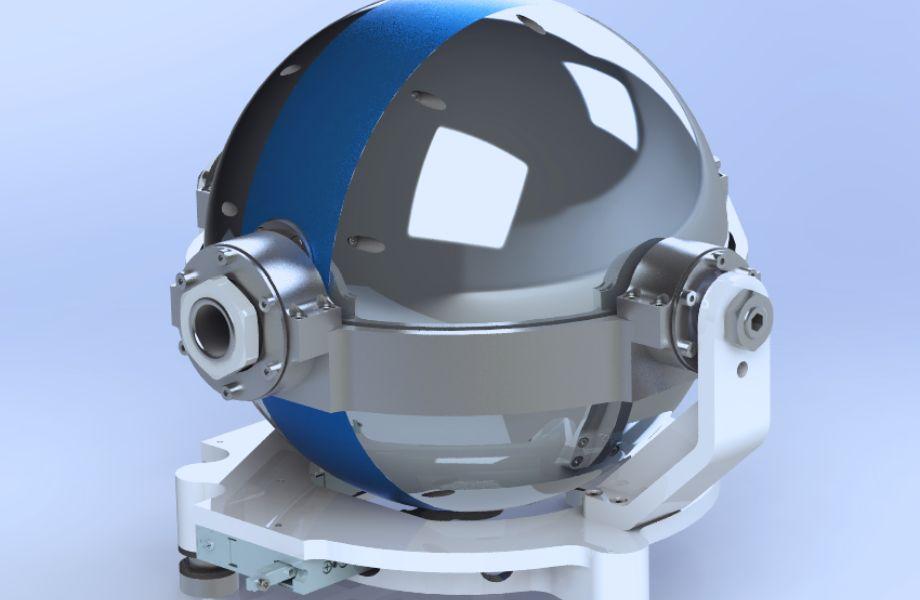Silicon Microgravity Limited (SMG) stands at the forefront of technological innovation, headquartered in Waterbeach, Cambridge. Specialising in gravity and motion detection solutions, SMG’s advanced technology captures data with unparalleled sensitivity, opening doors to applications in civil engineering, geo-monitoring, defence, aerospace and beyond. With over a decade of dedicated research, SMG’s Micro-Electro-Mechanical Systems (MEMS) accelerometers, gyroscopes, and gravimeters offer high precision and scalability across various industries. Established in 2015, SMG continually pushes the boundaries of MEMS technology, revolutionising global markets and unlocking new frontiers in sensing technologies.
Pioneering Product Streams
Silicon Microgravity operates across three primary product streams: the design of accelerometers and gyroscopes utilised by the aerospace, military, and automotive sectors, alongside gravity sensors.
Innovative Gravity Sensors
At SMG, the team meticulously designs and continually refines gravity sensor design, crucial tools for detecting disparities in subterranean environments. These sensors play a pivotal role in discerning changes in sub surface density, facilitating the identification of subsurface variations, voids, pipes and other anomalies. Their applications span diverse fields: geophysicists employ the sensors to examine volcanoes; environmental engineers rely on them to monitor carbon capture locations; conflict zones benefit from their use in tunnel detection; and the offshore oil sector leverages them extensively when looking at variations in subsurface materials.
Advancing the Gravity Sensor
In late 2022, SMG embarked on developing the latest iteration of the gravity sensor, aiming to enhance its portability while maintaining precision. Initially weighing around 30kg, the team have successfully reduced its weight to 5kg, a critical achievement for a practical field portable system.
With a longstanding collaboration with Prototype Projects, SMG engaged their expertise once again. Recognising the value of integrating their prototyping partner within the product design cycle, project leader Dr James McIntosh, Principal Engineer, initiated discussions with the Prototype Projects team.
Dr McIntosh noted:
“While we possess a comprehensive understanding of the academic and theoretical aspects of our projects, there often exists a gap in engineers’ practical experience regarding manufacturability. Prototype Projects adeptly bridges this gap, enabling us to proceed with our original designs or, at times, necessitating a slight redesign to ensure manufacturability during both prototyping and production phases.”
Utilising various manufacturing techniques including CNC machining, 3D printing, vacuum casting, and plating, the latest rendition of the gravity sensor represents a pinnacle of engineering precision.
Different finishing applications were applied to various parts of the sensor: Aluminium components underwent anodisation to prevent corrosion, metallising and lacquering were employed for 3D printed parts to allow for electrical shielding. Copper components were nickel-plated to optimise thermal transfer.
Dr. McIntosh remarked:
“Over the years, we’ve developed a strong working relationship with Prototype Projects. Their precision is consistently outstanding, and the quality of their parts is impeccable. This aspect is particularly crucial to me. Additionally, the team excels at handling last-minute, urgent tasks. I appreciate their openness to questions and their swift responses.”
Charting the Future
There are approximately another six months of work remaining before SMG transitions into scaled production with their gravity sensor. This project, situated within an exceptionally niche sector, presents an exciting opportunity to witness how it will positively impact those who stand to benefit from its advancements.



